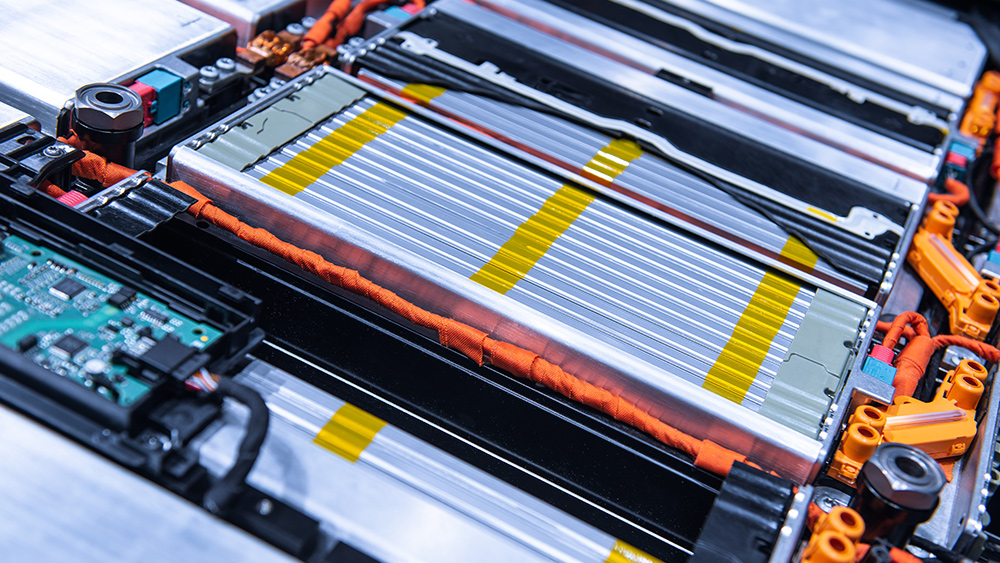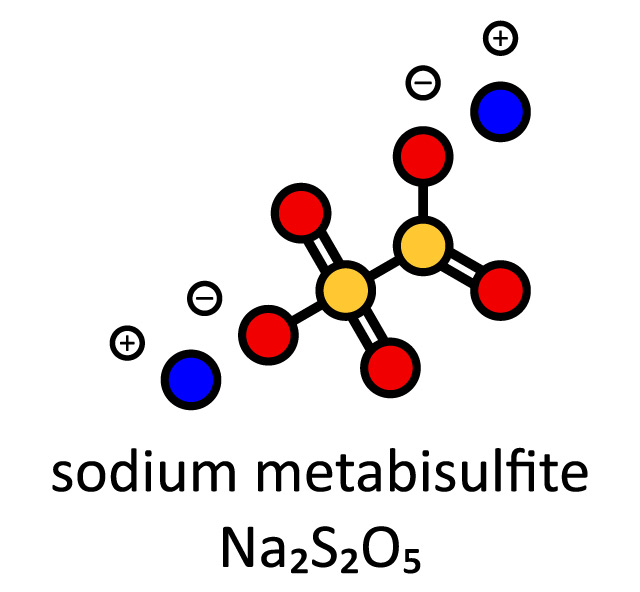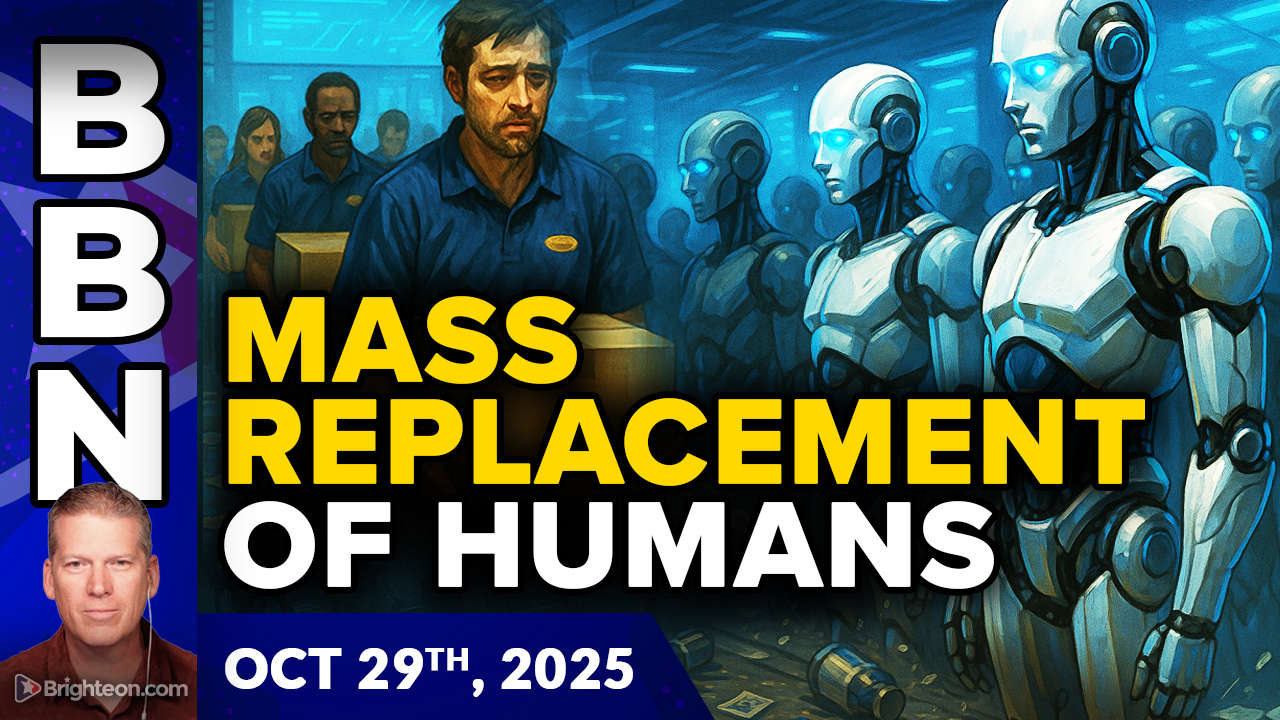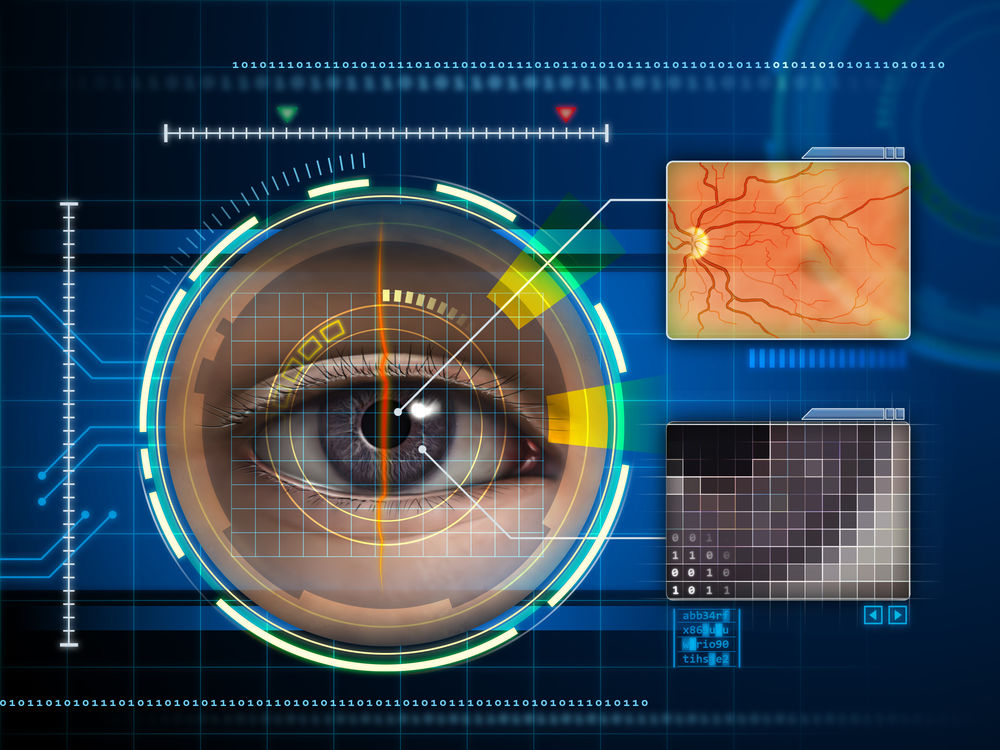 Parler
Parler Gab
Gab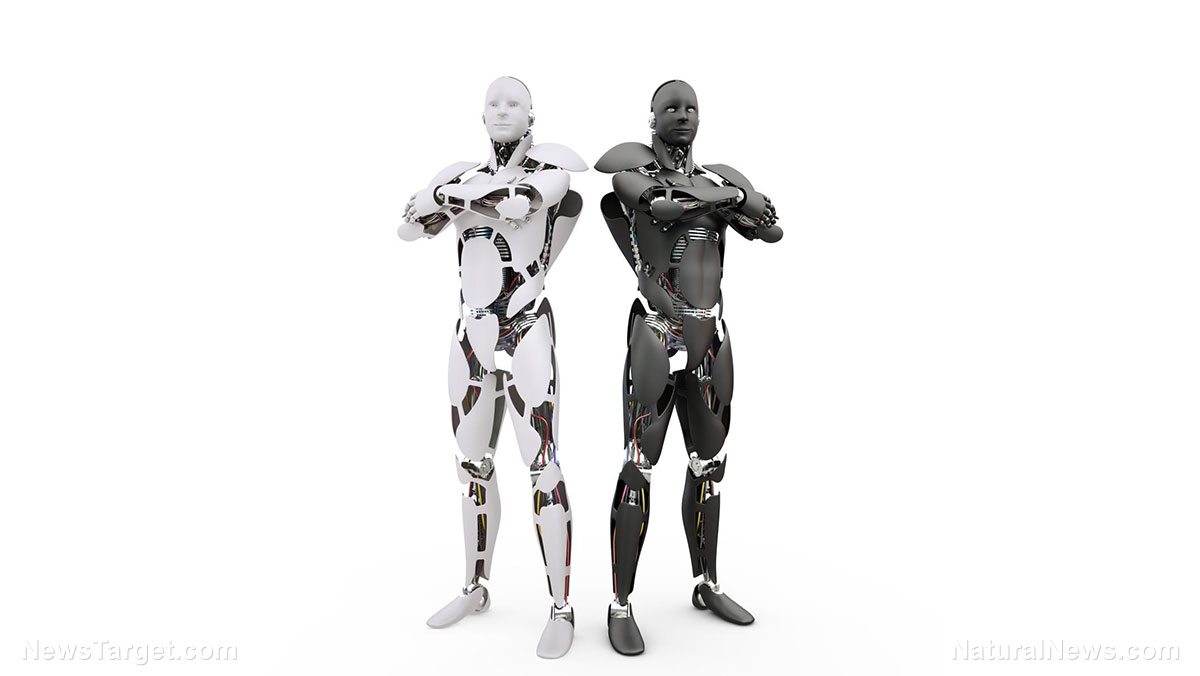
- The global robotics market is projected to surge from $93 billion in 2024 to nearly $400 billion by 2035, driven by demand for automation.
- 1X Technologies has launched NEO, a humanoid home robot designed for chores like laundry and organization, marking a shift from industrial to domestic robotics.
- NEO features a soft, safe design, conversational AI and the ability to learn new tasks, available for $20,000 or a $499 monthly subscription.
- The humanoid robot field is intensely competitive, with companies like Tesla, Boston Dynamics and Richtech developing robots for factories and logistics.
- This race reflects a broader technological trend where AI and robotics are converging to address labor shortages and transform daily life and work.
The design of a domestic partner
NEO is engineered with the unique challenges of a home environment in mind. Weighing 66 pounds, the robot is built with a soft body made from 3D-lattice polymer structures and uses a patented tendon-drive system that allows for gentle, quiet movements. At just 22 decibels, its operation is quieter than a modern refrigerator. The robot possesses human-level dexterity in its 22-degree-of-freedom hands, enabling it to manipulate household objects. Underpinning its physical capabilities is a built-in large language model that allows NEO to hold conversations, recall context from previous interactions and respond to voice commands. The company states that NEO can learn new chores over time, with the option for a human "1X Expert" to guide it through unfamiliar tasks remotely.A crowded and competitive landscape
The debut of NEO is not an isolated event but part of a global surge in humanoid robotics development. The field is rapidly diversifying beyond traditional industrial applications:- Richtech Robotics recently unveiled Dex, a wheeled humanoid for manufacturing and logistics work.
- Chinese manufacturer Unitree is pursuing a budget-friendly approach with its G1 robot.
- Established players like Tesla and Figure AI continue to advance their own humanoid prototypes for industrial settings.
- In Europe, Paris-based Wandercraft has pivoted from exoskeletons to fully autonomous humanoids.
The hardware behind the intelligence
The core of NEO's functionality lies in its integrated hardware and software platform. The tendon-driven actuation system is designed specifically for safety and compliance around people. With built-in Wi-Fi, Bluetooth and 5G connectivity, NEO is designed to be a connected device within the smart home. It also features a three-stage speaker system, positioning it as a potential mobile entertainment hub. The robot’s design, offered in neutral tones with a soft-knit suit, is intentionally approachable, aiming to complement living spaces and avoid the unease often associated with the "uncanny valley" of hyper-realistic androids.Market forces and economic drivers
The robotics market's projected growth to $398.59 billion by 2035, as reported by Spherical Insights & Consulting, underscores the significant economic forces at play. This expansion is propelled by the seamless integration of AI and machine learning, which allows robots to learn from their environments and perform with greater autonomy. Leading industrial automation firms like ABB, Fanuc and KUKA have long dominated factory floors, but the new wave of companies, including 1X and Boston Dynamics, is focused on bringing robotics into more dynamic and unpredictable settings, from warehouses and hospitals to private homes.The road from prototype to product
For consumers, the promise is a future free from mundane chores. 1X is offering NEO through a $499 monthly subscription or a one−time purchase of $20,000, with the first deliveries to U.S. homes expected in 2026. However, the transition from a promising prototype to a reliable household appliance faces hurdles. Initial versions may rely heavily on remote human guidance, and questions regarding long-term reliability, power management and broader societal acceptance remain. The high cost of early adoption also positions NEO as a luxury product for the foreseeable future.A robotic inflection point
The arrival of a pre-orderable humanoid home robot marks an inflection point for a technology long confined to research papers and corporate demonstrations. While the vision of a fully autonomous robotic companion is still on the horizon, products like NEO signal a tangible shift. The race to perfect humanoid robotics is no longer just about what is mechanically possible, but about creating machines that can be safely and usefully integrated into the most complex environment of all: the human home. The success of this endeavor will hinge not only on technological prowess but on building trust and demonstrating tangible value in everyday life. Sources for this article include: Decrypt.co BusinessWire.com SphericalInsights.com IndianExpress.comSkyscraper-sized asteroid hidden in sun’s glare discovered moving at near-record speed
By Kevin Hughes // Share
Sodium metabisulfite: The toxic preservative hiding in processed foods
By Laura Harris // Share
Rising AI use coincides with job losses and growing mental health issues
By Finn Heartley // Share
The inevitable envelope: How your identity is becoming the new currency of control
By Willow Tohi // Share
The Home Helper arrives: 1X unveils NEO, a humanoid robot for the living room
By willowt // Share
Rising AI use coincides with job losses and growing mental health issues
By finnheartley // Share
New study confirms: CHEMOTHERAPY causes permanent HEART DAMAGE
By ljdevon // Share

